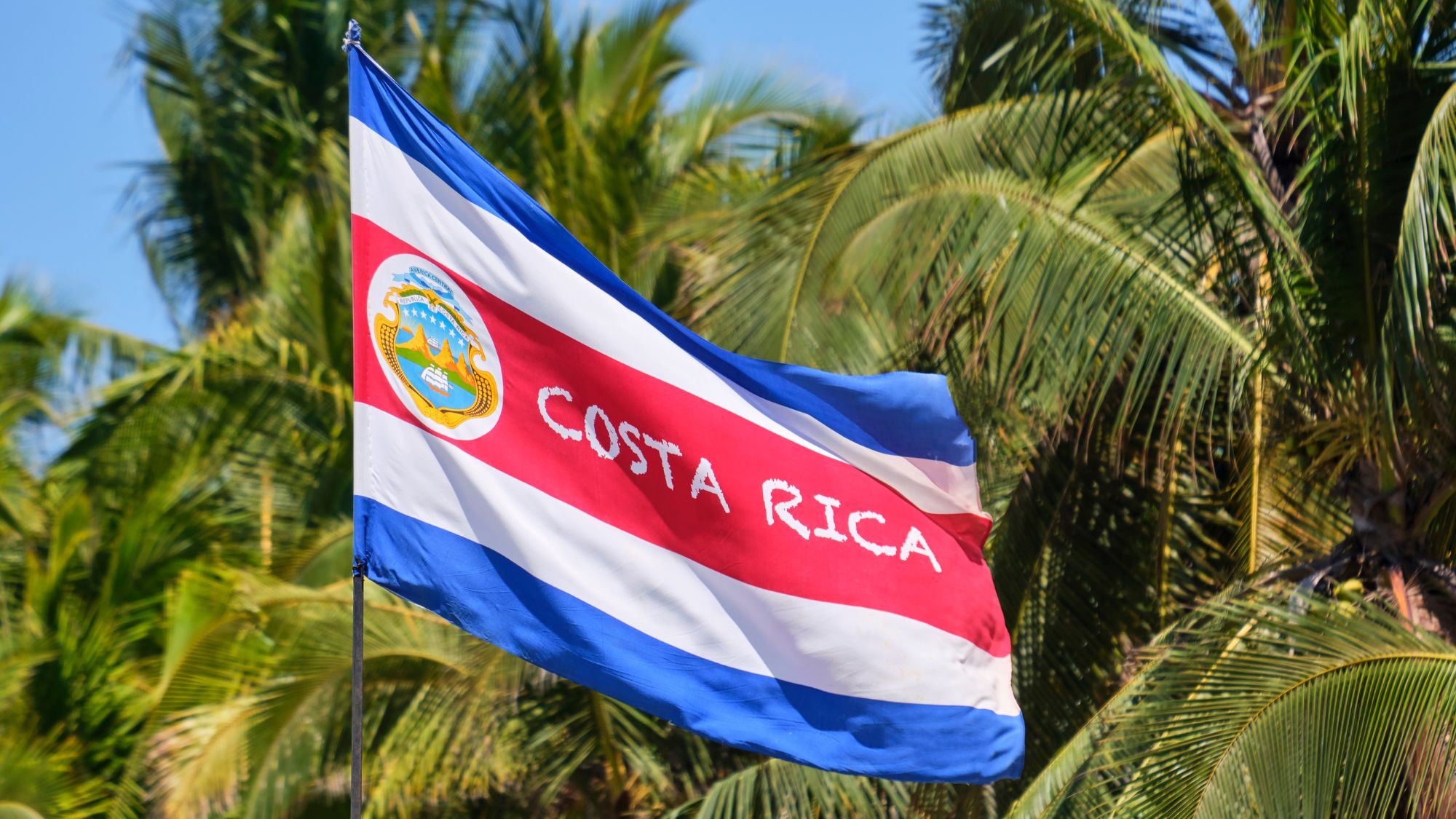We’re in the middle of Hispanic Heritage Month, so let’s talk language. More specifically, let’s talk Latino lingo.
Anyone who has traveled or lives in Latin America might be familiar with the feeling of confusion when you change countries, and suddenly, Spanish becomes intelligible. “Huh? What gives?” you ask yourself. You were a fluent speaker of the language and now, in a flash, you find yourself in a fog of noncomprehension.
Whether at a native level or just dabble in it, you know one thing. Spanish is everywhere. A whopping 21 countries speak Spanish, not to mention the many places that use it extensively. But there’s a twist. Each Spanish-speaking area has its unique style, slang, and linguistic differences.
This also means that, in different countries, you might find the same words that mean completely different things. To complicate things further, you might even find words are used differently within the same country. It’s about time for a guide to Latino lingo.
A Guide to The Latino Lingo
Let’s have a look at some common words that have different meanings, depending on where in Latin America you are. Here are 10 common words and phrases that change meanings, depending where you are:
- In Peru, “patas” means “to your friends,” while in most other countries, it means “feet.”
- In most countries, a “fresa” is a strawberry. However, in Argentina, a strawberry is a frutilla, and in Mexico, a fresa can also be used to negatively describe a young person acting posh. Teenagers often use it to describe someone who is acting superficial.
- In Mexico or Guatemala, “banqueta” refers to the sidewalk. However, in other countries, banqueta means a bench, while “acera” is a sidewalk.
- The word “chucho” is a complicated one. In most countries, it is slang for dog or mutt but can also mean shiver. In Central America, the chucho also means stingy and can be used to describe a crook. Chucho also means “cold” in Argentina, “jail” in Chile, and “a clever, skilled person” in Mexico. To further complicate things, it is also a common nickname for someone named Jesus.
- “Pisto” means money in most countries, but in Mexico, it means liquor or an alcoholic drink.
- “Guagua” means bus throughout the Caribbean, but in Chile, it means baby.
- “Mona” literally means female monkey but is often used as slang. In Spain, it means a cute girl, and in Colombia, it means a blond or white female. However, in Venezuela, the word can be used as a bad way to describe women.
- “Torta” typically means a cake. However, in Mexico, a torta is a sandwich that can include everything from ham, cheese, meat, avocado, and eggs. In some places, like Cuba or Mexico, it’s a negative label for a “lesbian.”
- In Spain, “coche” means car but in Guatemala, it is slang for “pig.” And, in Chile, it is used to describe a baby stroller.
- Be careful with “popote.” In Mexico, "popote" means straw but in parts of Central America, it might get you some giggles or gasps because "popote" can also colloquially mean "penis." So, unless you want an awkward moment or an unexpected surprise instead of a drink accessory, it's wise to check your local lingo before you sip!





